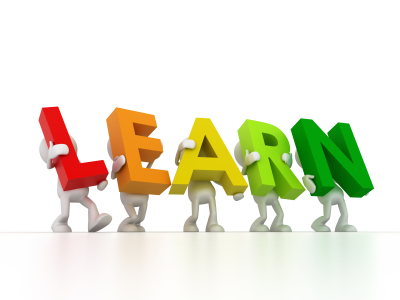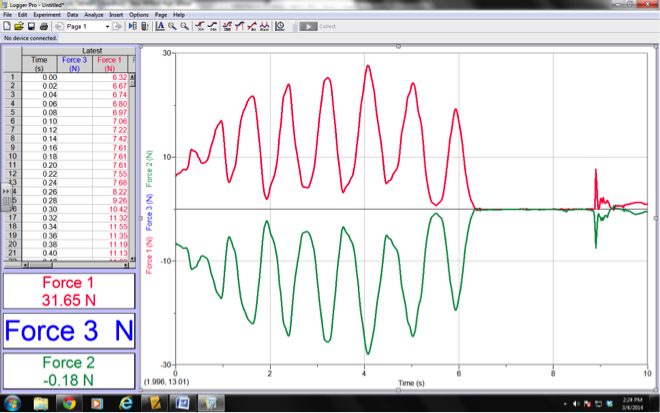From the Principal's Office: Inquiry-Based, Constructivist Learning in Physics

Every year New Milford High School teacher Tahreen Chowdhury teaches Newton’s laws of physics and most of the students are able to grasp the first and the second law. However, Newton’s third law is the one that is most contrary to their everyday intuition. This law, as the students know it, is “every action has an equal and opposite reaction.” The students have learned this concept since their first science classes, but are puzzled by this concept when they see small cars being demolished by bigger SUV’s.
Image credit: http://nancyrubin.files.wordpress.com/2012/03/learn_istock_000017123843xsmall.jpg
So this year, Mrs. Chowdhury decided to take a different approach to teaching this law in physics. The lesson started with Mrs. Chowdhury having two students pull on each other with spring scales. She asked the students to pull so that the two spring scales read different forces. The students were unable to do so, each time one pulled with a certain force, the other spring scale read the same force. Normally, students agree when Mrs. Chowdhury says that pulling with the spring scales attached and pulling hand to hand are the same except spring scales just reads the strength of the pull. This year, the students completely disagreed and said that using the spring scales make the forces the same. So Mrs. Chowdhury decided to use the Vernier Force Sensors. She set up an air track and two carts with motion sensors attached to them. She asked the students to come up with different collisions and predict how the forces will compare to each other based on the collisions. The students changed the carts’ mass and velocity so the collisions were different.

In the end, they saw on the force sensor software that the readings were identical from the two sensors. One student summarized their learning from that lesson as “when two things collide with each other, they exert the same force on each other regardless of their mass and how fast they are coming at each other.” Above is a screenshot of the convincing data of two students pulling on the force probes from two different directions; each time the measured forces were identical regardless of who pulled harder. Mrs. Chowdhury believes that this year the students have a much better understanding of Newton’s third law instead of mere memorization of the phrase “every action has an equal and opposite reaction.”
cross-posted on A Principal's Reflections
Eric Sheninger is a NASSP Digital Principal Award winner (2012), PDK Emerging Leader Award recipient (2012), winner of Learning Forward's Excellence in Professional Practice Award (2012) and co-author of Communicating and Connecting With Social Media: Essentials for Principals and What Principals Need to Know About Teaching and Learning Science. He presents and speaks nationally to assist other school leaders in effectively using technology. His blog, A Principal's Reflections, was selected as Best School Administrator Blog in 2011 by Edublogs.
Tools and ideas to transform education. Sign up below.
